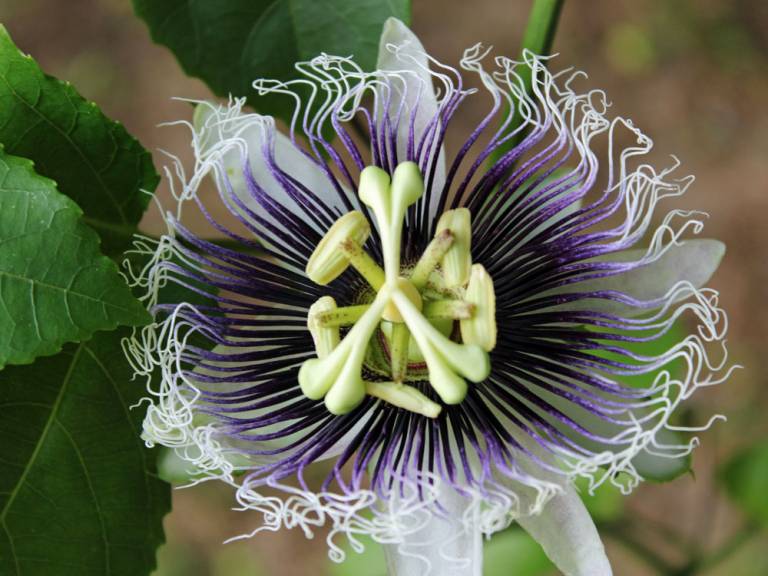When did flowers originate?
5 February 2018
Flowering plants likely originated between 149 and 256 million years ago according to new UCL-led research.

The study, published today in New Phytologist by researchers from the UK and China, shows that flowering plants are neither as old as suggested by previous molecular studies, nor as young as a literal interpretation of their fossil record.
The findings underline the power of using complementary studies based on molecular data and the fossil record, along with different approaches to infer evolutionary timescales to establish a deeper understanding of evolutionary dynamics many millions of years ago.
"The discrepancy between estimates of flowering plant evolution from molecular data and fossil records has caused much debate. Even Darwin described the origin of this group as an 'abominable mystery'", explained lead author, Dr Jose Barba-Montoya (UCL Genetics, Evolution & Environment).
"To uncover the key to solving the mystery of when flowers originated, we carefully analysed the genetic make-up of flowering plants, and the rate at which mutations accumulate in their genomes."
Through the lens of the fossil record, flowering plants appear to have diversified suddenly, precipitating a Cretaceous Terrestrial Revolution in which pollinators, herbivores and predators underwent explosive co-evolution.
Molecular-clock dating studies, however, have suggested a much older origin for flowering plants, implying a cryptic evolution of flowers that is not documented in the fossil record.
"In large part, the discrepancy between these two approaches is an artefact of false precision on both palaeontological and molecular evolutionary timescales," said Professor Philip Donoghue from the University of Bristol's School of Earth Science, and a senior author of the study.
Palaeontological timescales calibrate the family tree of plants to geological time based on the oldest fossil evidence for its component branches. Molecular timescales build on this approach, using additional evidence from genomes for the genetic distances between species, aiming to overcome gaps in the fossil record.
"Previous studies into molecular timescales failed to explore the implications of experimental variables and so they inaccurately estimate the probable age of flowering plants with undue precision," said Professor Ziheng Yang (UCL Genetics, Evolution & Environment) and senior author of the study.
"Similarly, interpretations of the fossil record have not fully recognised its shortcomings as an archive of evolutionary history, that is, that the oldest fossil evidence of flowering plants comes from very advanced, not primitive flowering plant lineages," Professor Donoghue added.
The researchers compiled a large collection of genetic data for many flowering plant groups including a dataset of 83 genes from 644 taxa, together with a comprehensive set of fossil evidence to address the timescale of flowering plant diversification.
"By using Bayesian statistical methods that borrow tools from physics and mathematics to model how the evolutionary rate changes with time, we showed that there are broad uncertainties in the estimates of flowering plant age, all compatible with early to mid-Cretaceous origin for the group," said Dr Mario dos Reis (School of Biological and Chemical Sciences at Queen Mary University of London), a co-author of the study.
The team involved researchers from UCL, Queen Mary University of London, the Chinese Academy of Sciences, the Natural History Museum and the University of Bristol.
The study was kindly funded by the Biotechnology and Biosciences Research Council (UK), the Natural Environment Research Council, the Royal Society and the Wolfson Foundation.
Links
- Research paper in New Phytologist
- Professor Ziheng Yang's academic profile
- UCL Genetics, Evolution & Environment
Images
- Passion flower (credit: renê ardanuy on/off, source: Flickr)
Media contact
Bex Caygill
Tel: +44 (0)20 3108 3846
Email: r.caygill [at] ucl.ac.uk
 Close
Close

